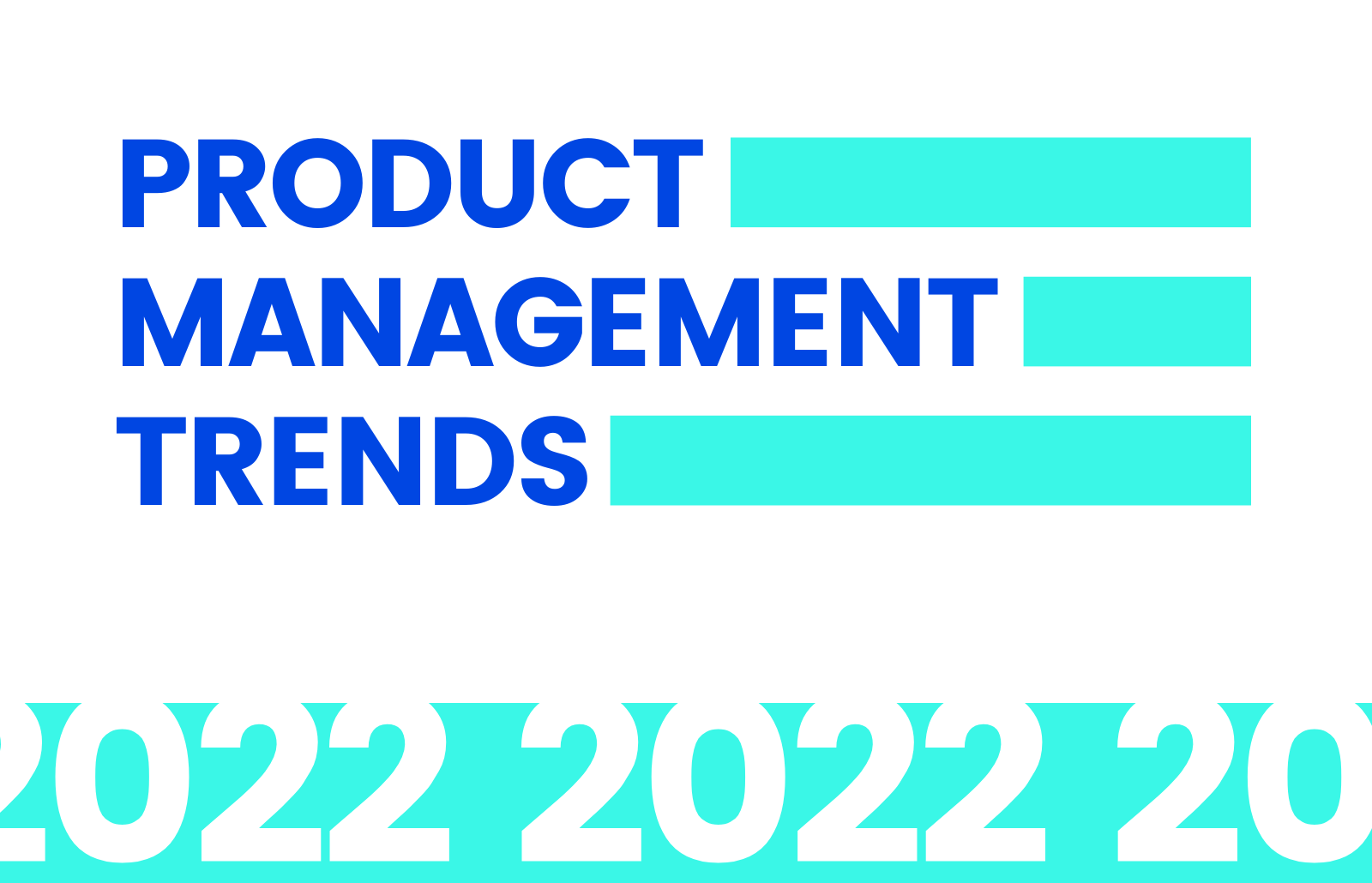The definition of product management and the role of a product manager has been growing wider and wider, especially in the last couple of years. The changing work environment and the all-remote-world we live in today have not only forced companies to manage products differently, but it also enabled them to access more expertise than ever before.
However, before we dive into how the definition of product management is changing, it might be worth going over some basics for new readers.
What is product management?
Product management is the process of defining, developing, and delivering a product or service to customers. It involves coordinating the efforts of various teams within an organization, including development, marketing, and sales, to ensure that the product meets the needs of the market and is delivered to customers in a timely and cost-effective manner.
What is the role of a product manager?
The role of a product manager is to guide the development of a product from its initial conception to its launch and beyond. This includes defining the product’s vision and strategy, gathering and prioritizing customer and market requirements, working with cross-functional teams to define and deliver the product, and measuring and analyzing the product’s performance.
Now, let’s review the biggest product management trends that emerged or grew in 2022 and how they are changing the product development landscape.
Product Management Trends 2022
In 2022, several new trends emerged in product management and many others continued to gain traction. Let’s have a look at some of the biggest trends:
1- Changing Landscape with No-Code/Low-Code Technologies
The rise of no-code and low-code technologies is changing the role of product managers in some cases. These technologies enable non-technical managers to create software products without the need for extensive coding knowledge.
Low-code is a visual approach to software development that utilizes a plug-and-play approach to product development and streamlines the development process for quicker deliveries. With low-code, PMs can abstract and automate every step of the product lifecycle to streamline the deployment of multiple solutions. This speed is attractive to business leaders because it helps them stay ahead in the market by reaching customers faster and increasing the chances of success. No-code/low-code solutions will also speed up the delivery of prototypes and the validation of products, reducing cost and time to market.
2- Growing Pool of Freelancing Product Managers
The growing pool of freelancing product managers, who can work remotely and on a full-time basis, is also a trend to watch out for. The rise of freelancing and remote work has enabled product managers to work on projects from anywhere. This trend is likely to continue as companies continue to embrace remote work and seek out specialized expertise on a project-by-project basis.
3- More Specialized Product Managers
As products become more complex and specialized, there is a trend towards more specialized product managers. These product managers may excel on a specific area such as technical, operational, marketing, or hiring and onboarding, depending on the needs of the project at hand. This trend is a result of the easier access to PMs across the world, thanks to remote work becoming the norm.
4- Data Became the Norm
Data has become an increasingly important part of product management, as companies rely on data to make informed decisions about their products and to gain buy-in from stakeholders.
As a Product Manager, you don’t need to be a Data Scientist to be successful, however it’s important to use data in your decision-making. Even if you’re more inclined towards creative thinking and product design, you can still use data to create a great product. You can work with data professionals at your company or outsource your data analytics to be effective. While Data Product Manager roles do exist, the most important thing for starting out in Product Management is learning how to ask the right questions. This is more important than knowing SQL. However, to be truly data-driven as a PM, it’s a good idea to try to learn as much about data analytics as possible.
5- The Rise of Environmental Consciousness
As the climate crisis becomes undeniable, companies are held more and more responsible for the way they do business. Investors, regulatory bodies, and customers are increasingly holding businesses accountable for their environmental impact, resulting in a greater need for standardization of reporting on environmental, social, and governance (ESG) data.
PMs are expected to deliver consistent reporting across a product lifecycle to allow for greater accountability in such areas. These datasets will not only help release better products to market but also allow companies to verify their environmental impact.
Overall, these are some of the trends that have shaped the way product managers approach product development and success in 2022.
Product Development Services at Zartis
Zartis ranks among the top software consulting firms providing bespoke services across the entire software development lifecycle.
From ideation and design, to tech stack definition and implementation – our software consulting and development services are here to cover all your needs. With 50+ software teams working across a multitude of industries and technologies, we develop tailored solutions to address your specific challenges and needs.
Collaborations are set up in a flexible manner, tailored to your needs. You can benefit from our consulting services for short and long-term needs, and utilize our dedicated software development teams to execute on your strategy when needed. Reach out now!


